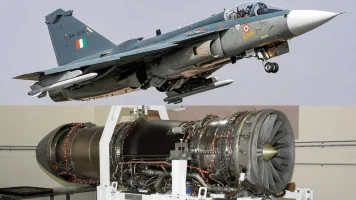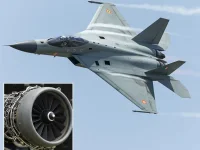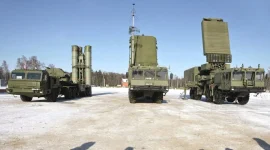The Indian Army's recent introduction of tractor-mounted Anti-Tank Guided Missiles (ATGMs) has sparked a lively debate, with discussions on platforms like X (formerly Twitter) questioning whether this move represents resourceful "Jugaad" or a calculated strategy to evade drone detection in potential border conflicts.
The term "Jugaad," meaning an innovative fix or makeshift solution, often describes India's talent for improvisation in challenging situations with limited resources. Some see the use of farm tractors to mount ATGMs as a prime example of this philosophy.
With the Indian military facing budgetary constraints and delays in procuring advanced armoured vehicles, the tractor-based system offers a cost-effective and rapidly deployable solution, enhancing anti-tank capabilities without substantial investment in new military hardware.
However, another perspective gaining traction on X suggests a more strategic motive. In a potential border conflict, particularly in sensitive areas like Punjab along the India-Pakistan border, using civilian-looking vehicles could provide a tactical advantage.
Drones, now commonplace in reconnaissance, typically prioritize tracking military vehicles. A tractor, blending seamlessly into the agricultural landscape, might escape the scrutiny of enemy surveillance drones, potentially offering a degree of stealth.
This tactic has ignited a flurry of opinions online. Some applaud the creativity, viewing it as a testament to the Indian military's adaptability and resourcefulness. Others express skepticism, questioning the effectiveness and safety of such a setup in actual combat.
Military analysts point out that while tractors can navigate diverse terrains, they lack the armour and speed of dedicated military vehicles, making them vulnerable in direct confrontations.
Critics argue that while tractor-mounted ATGMs might evade drone detection, they don't address broader battlefield survivability and mobility concerns. The lack of armour leaves soldiers exposed, relying heavily on natural cover.
Moreover, the effectiveness of such improvisations against advanced surveillance technologies and electronic warfare remains uncertain.
The deployment of tractor-mounted ATGMs encapsulates a broader narrative of military innovation amidst resource limitations. Whether it's primarily "Jugaad" born from necessity or a strategic response to modern warfare threats like drone reconnaissance, the tactic has sparked a valuable discussion on the utility of traditional vehicles in contemporary combat.
While the debate rages online, the true test of this approach will be its effectiveness in real-world scenarios, should tensions escalate along India's borders.





